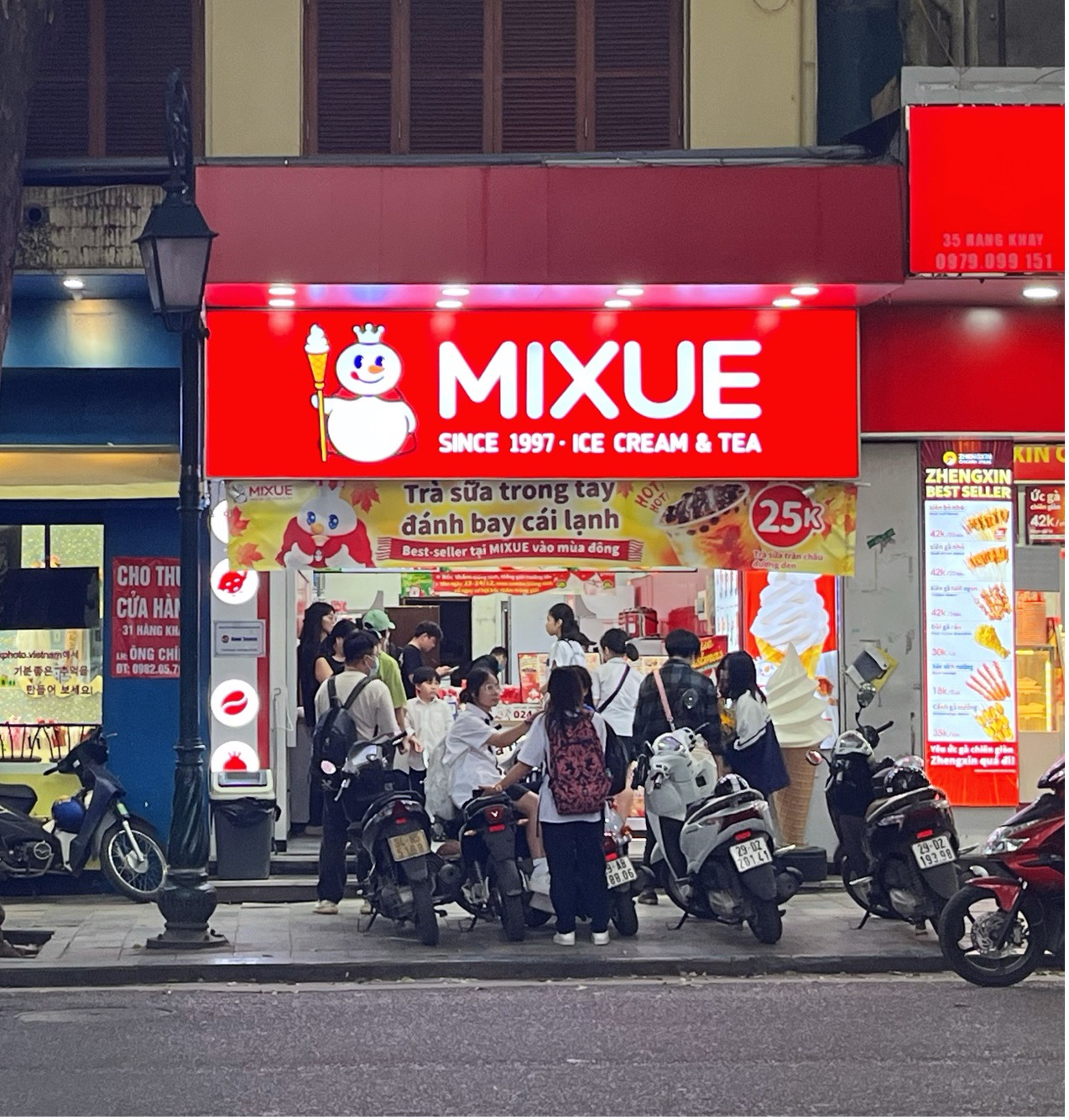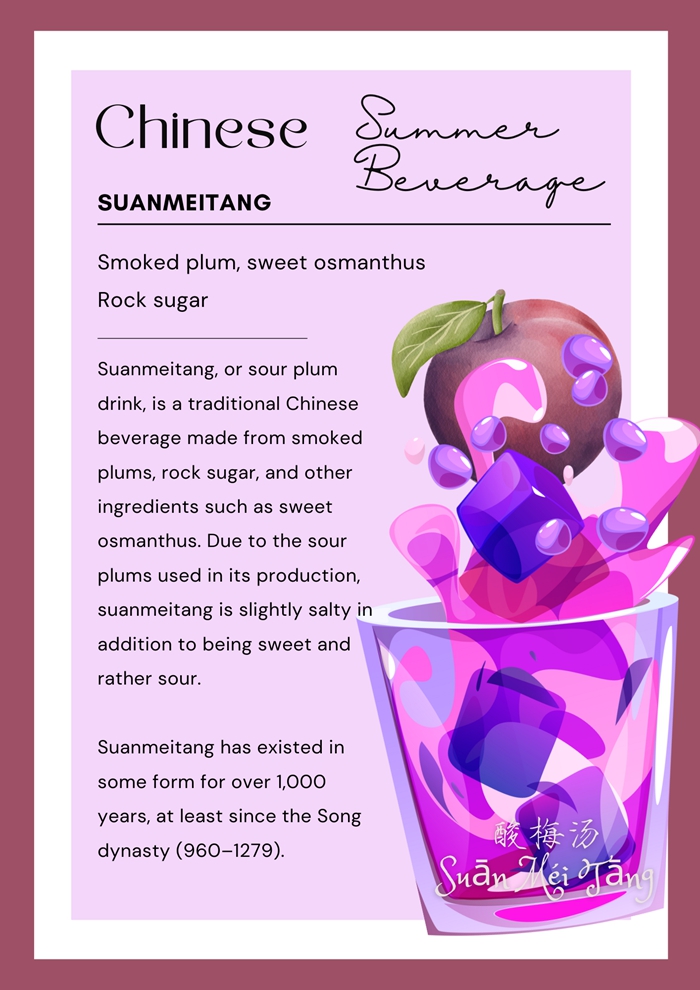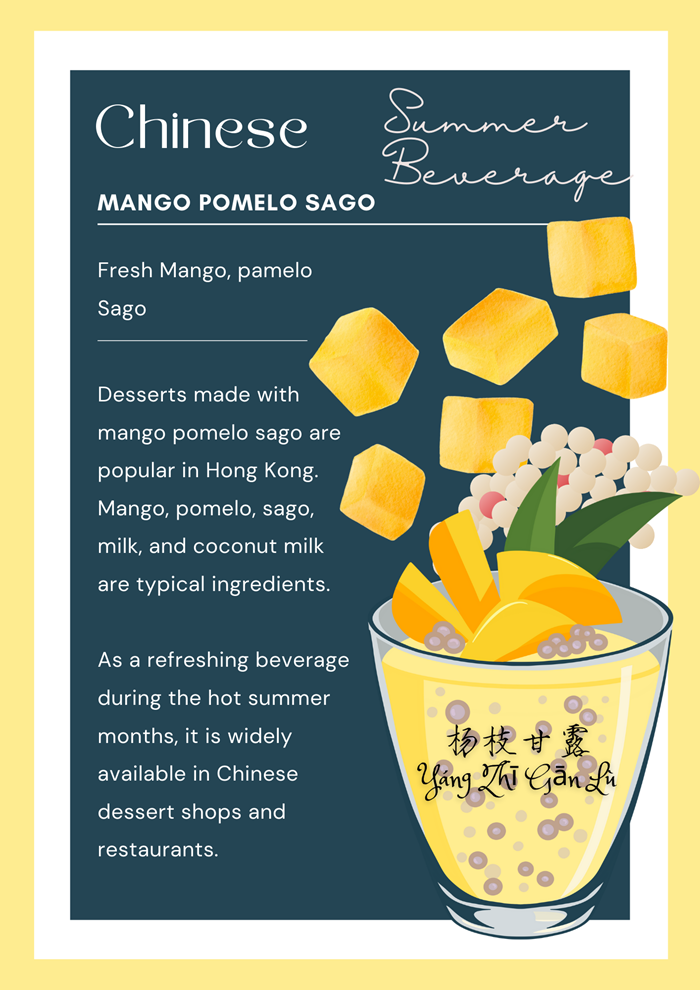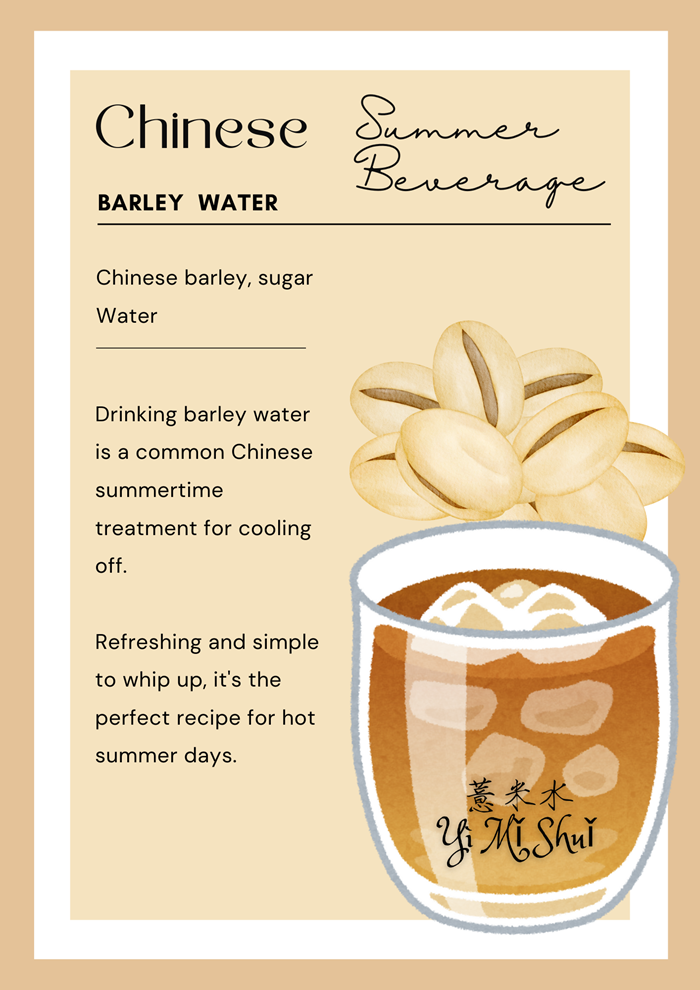




- BRNN
- BRI News
- BRNN News
- Database
Official Documents Polices and Regulations
Inter-government Documents International Cooperation BRI Countries
Business Guide Economic Data BRI Data
Trade
Investment Projects Latest projects
Cases - Content Pool

Tea has long been associated with Chinese culture and identity. The tradition, culture, and history of China are all encapsulated in a cup of tea.
Through the ancient Silk Road, Chinese tea has spread friendship and prosperity to the world. Tea is ubiquitous in the daily lives of the Chinese people and is served steeped or boiled in homes, workplaces, tea houses, restaurants and temples. It plays a major role in social interactions as well as in ceremonies such as weddings and sacrificial rites. The practice of greeting guests and building relationships within families and among neighbors through tea-related activities is common to multiple ethnic groups, providing a sense of shared identity and continuity for communities.
In 2022, the United Nations Educational, Scientific and Cultural Organization (UNESCO) inscribed "Traditional tea processing techniques and associated social practices in China" on the Representative List of Intangible Cultural Heritage of Humanity.
There are six distinct varieties of tea that have evolved over time, each influenced by local traditions and climate: green, yellow, dark, white, oolong, and black. When reprocessed teas, such as flower-scented varieties, are taken into account, there are approximately 2,000 tea products in total, featuring a wide range of colors, aromas, flavors, and forms. Chinese tea manufacturers are now producing new varieties of fruit and milk tea, among others, by experimenting with different flavors and ingredients to meet the demands of consumers around the world.
Xinhua reported that in 2024, the "new-style" tea beverage market in China was worth more than 350 billion yuan (around $48.6 billion), up 6.4 percent over the previous year. It is becoming increasingly clear that innovative tea beverage brands from China are "going overseas" as the industry grows.

Chinese "new-style" tea brand Mixue gains popularity in Hanoi, Vietnam. (Photo by Kou Jie)
Chinese beverage brands such as Mixue Bingcheng, or Mixue Ice Cream & Tea, and Chagee recently filed for overseas listings, attracting significant public attention. Many Chinese brands have expanded their businesses and gained popularity overseas. After launching in Seoul, South Korea in 2024, ChaPanda quickly expanded to other nations including Thailand, Australia, Malaysia, and Spain; Heytea followed suit, opening stores in big cities including London, Melbourne, and New York.
"New-style" Chinese tea drinks are quickly "going global," giving a breath of fresh air to ancient Chinese tea culture and sharing their rich aromas with people around the world.
During hot summer days, what do the Chinese drink? People's Daily Online has prepared a Chinese summer beverage menu with the most popular selections, the majority of which are popular in "new-style" Chinese tea businesses.
Leung cha, or "cooling tea," is an infusion of traditional Chinese medicinal herbs. Leung cha is used in traditional Chinese medicine as a cooling agent to treat shanghuo, or heatiness, a concept related to Traditional Chinese Medicine that refers to an imbalance in internal energy that has negative health consequences on the body.
In Lingnan, herbal tea has long been a specialty beverage. Lingnan is located in a subtropical environment with hot and humid summers and mild winters. Herbal teas like leung cha are said to alleviate gastrointestinal issues and skin disorders, which are more common in subtropical regions. The practice of drinking herbal tea expanded from China and East Asia to the rest of the world over time. You can't miss the "cool tea shops" that sell herbal teas in big cities like Guangzhou and Hong Kong.
Thanks to the joint efforts of the governments of south China's Guangdong Province, the Hong Kong Special Administrative Region, and the Macau Special Administrative Region, methods to make leung cha have been considered an intangible cultural heritage practice in China since 2006.

Suanmeitang, or sour plum drink, is a traditional Chinese beverage made from smoked plums, rock sugar, and other ingredients such as sweet osmanthus. Due to the sour plums used in its production, suanmeitang is slightly salty in addition to being sweet and rather sour.
Suanmeitang is made by first soaking sour plums in water, then adding haw, liquorice root and sweet osmanthus and boiling them together. It is often enjoyed chilled during the summertime, offering relief from the heat, and is one of the most common summer drinks in China. In addition to being widely considered an effective drink for cooling off, it is also popularly believed to have minor health benefits, such as improving digestion and possibly inhibiting the buildup of lactic acid in the body.
Suanmeitang has existed in some form for over 1,000 years, at least since the Song dynasty (960–1279). The recipe used today is thought to have been developed at the request of the Qianlong Emperor of the Qing dynasty during the early 18th century, at which time it was first common in the imperial courts, and was later popularized among common folk.

Desserts made with mango pomelo sago are popular in Hong Kong. Mango, pomelo, sago, milk, and coconut milk are typical ingredients. As a refreshing beverage during the hot summer months, it is widely available in Chinese dessert shops and restaurants.
The Chinese name "mango pomelo sago," meaning "willow branch manna," refers to the concept of dropping manna from a willow branch, which makes people feel rejuvenated when they consume it. It is also a magical tool that Guanyin uses in the 16th-century Chinese novel "Journey to the West."
Over time, this delicacy has evolved into various forms; for example, it can be used to flavor other desserts and beverages.
Drinking mung bean soup is more than just a summertime tradition; it's a way of life. For its simplicity and effectiveness, this mixture of sugar and boiling mung beans is frequently referred to by the Chinese people as their "national sweet nectar."
It is simple to make: boil mung beans until they pop, then stir in sugar and set aside to cool.
Mung beans are rich in polyphenols, which, when combined with the acidity or alkalinity of the water, can cause oxidation and give the soup a reddish tint. This little hue difference has no effect on how refreshing it tastes though.
Different regions across China have their own variations of the soup. Mung beans are cooked in Guangzhou until they form a creamy paste that blends easily with the broth and is complemented by strands of seaweed. This combination, which may seem odd to people in northern China, works together to create a more complex flavor profile. Traditionally, dried tangerine peel gives a tinge of bitterness, while preserved mandarin peel provides a refreshing aftertaste.
Suzhou's version of mung bean soup is a masterclass in using a wide variety of ingredients. Making use of glutinous rice, the texture differences between the mung beans and glutinous rice are preserved by steaming them separately before layering them in a glass. What makes this colorful mixture so versatile is the inclusion of winter melon sugar, candied winter melon shreds, honey dates, raisins, and a splash of cold water steeped with mint. This sensory experience is sure to please your eyes and taste buds thanks to the wide range of colors and textures offered by these ingredients.
China summers aren't complete without chrysanthemum tea; an infusion drink brewed from the fragrant blooms.
Chrysanthemum was first grown in China as an herb, but it was during the Song Dynasty (960-1127) that the tea became widely consumed. In Chinese tradition, after drinking a pot of chrysanthemum tea, boiling water is usually poured on the flowers in the pot, resulting in a slightly weaker tea; this process is done numerous times.
While making the tea, dried chrysanthemum flowers are soaked in hot water in a teapot, cup, or glass. Occasionally, rock sugar or cane sugar is also added. The resulting drink is translucent, ranging from pale to brilliant yellow, and has a floral scent.

Drinking barley water is a common Chinese summertime treatment for cooling off. Refreshing and simple to whip up, it's the perfect recipe for hot summer days.
Pearl barley is a popular summer drink ingredient because traditional Chinese medicine believes it helps reduce heatiness and maintain hydration, which is especially important in hot, tropical climates.
To make the drink, simply simmer the barley in water until the water turns beige. Before drinking, garnish with fresh lemon or mint leaves.

Tel:86-10-65363107, 86-10-65368220, 86-10-65363106